Laura Knight in 5 Paintings: Capturing the Quotidian
An official war artist and the first woman to be made a dame of the British Empire, Laura Knight reached the top of her profession with her...
Natalia Iacobelli 2 January 2025
Lee Miller (1907–1977) was a fashion and war photographer, a model, a muse, and a gourmet cook. She lived life to the fullest with all its bright and many dark sides. Always striving for independence and dedicated to her creativity, whether it came to art or cooking.
Miller’s childhood was marked by a tragedy when she was seven years old, she was raped while staying at a family friend’s house. She was infected with gonorrhea, which before the invention of penicillin resulted in excruciating treatment. Miller was introduced to photography by her father, who took her pictures from an early age. Many of them are controversial till today, as she modeled naked.
When she was 19, she nearly stepped in front of a car, only to be saved by Condé Nast, who also kickstarted her modeling career. She posed for Edward Steichen, Arnold Genthe, Nickolas Muray, George Hoyningen-Huene. Steichen sold one of her photos for an advertisement of Kotex menstrual pads, a move very controversial at the time, that threatened her career.
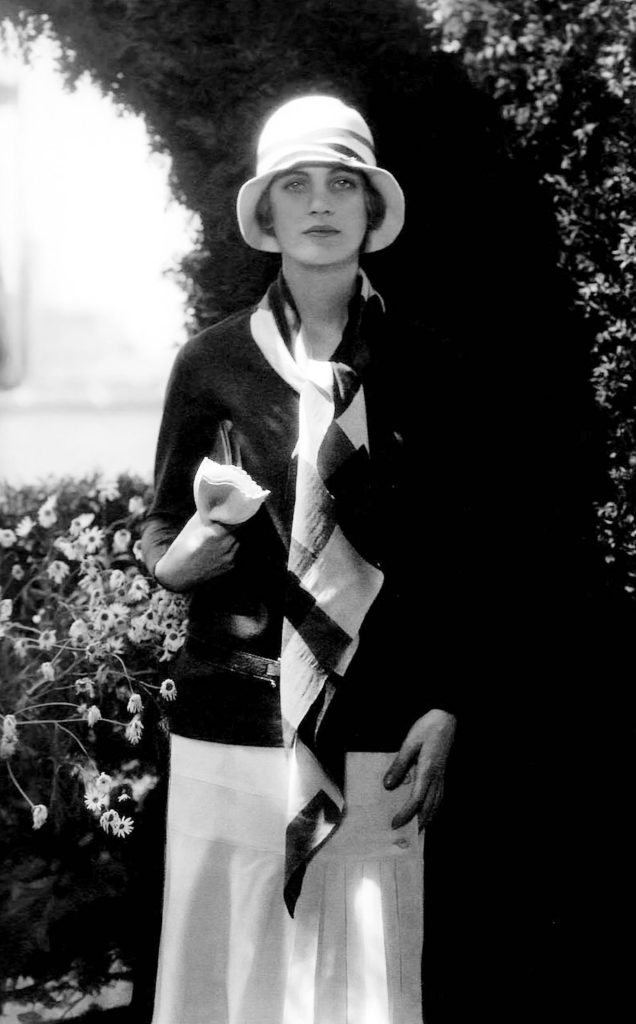
In 1929 Miller went to Paris and became Man Ray’s student, only to quickly become his partner, both in art and in life. They worked side by side as equals and together invented the technique of solarization. Miller soon became an independent Surrealist photographer, opening her own studio in Paris.
In 1932 she returned to New York and established a studio there. During that time, she focused on portraits and fashion photography. One of the most significant series of portraits from that time is of the African-American cast of the Virgil Thomson—Gertrude Stein opera, Four Saints in Three Acts.
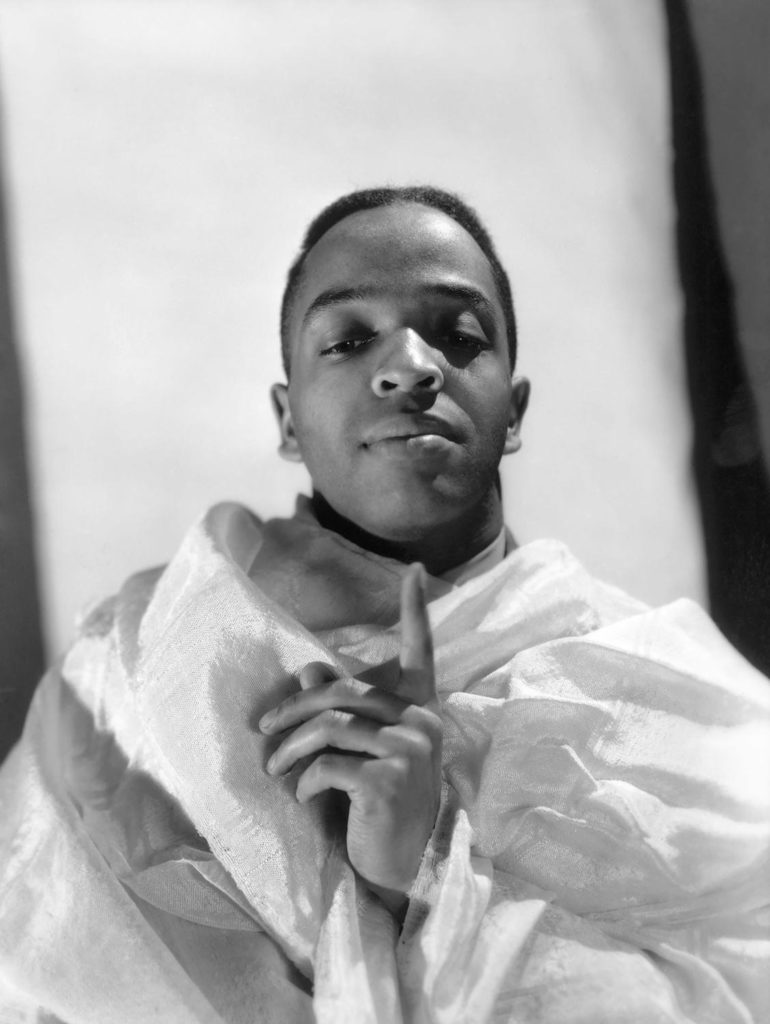
In 1934 she married the Egyptian businessman Aziz Eloui Bey and moved with him to Egypt. She did not have a studio during their marriage, but she continued photographing, creating many striking images. She returned to Paris in 1937, where she met Roland Penrose whom she married in 1947.
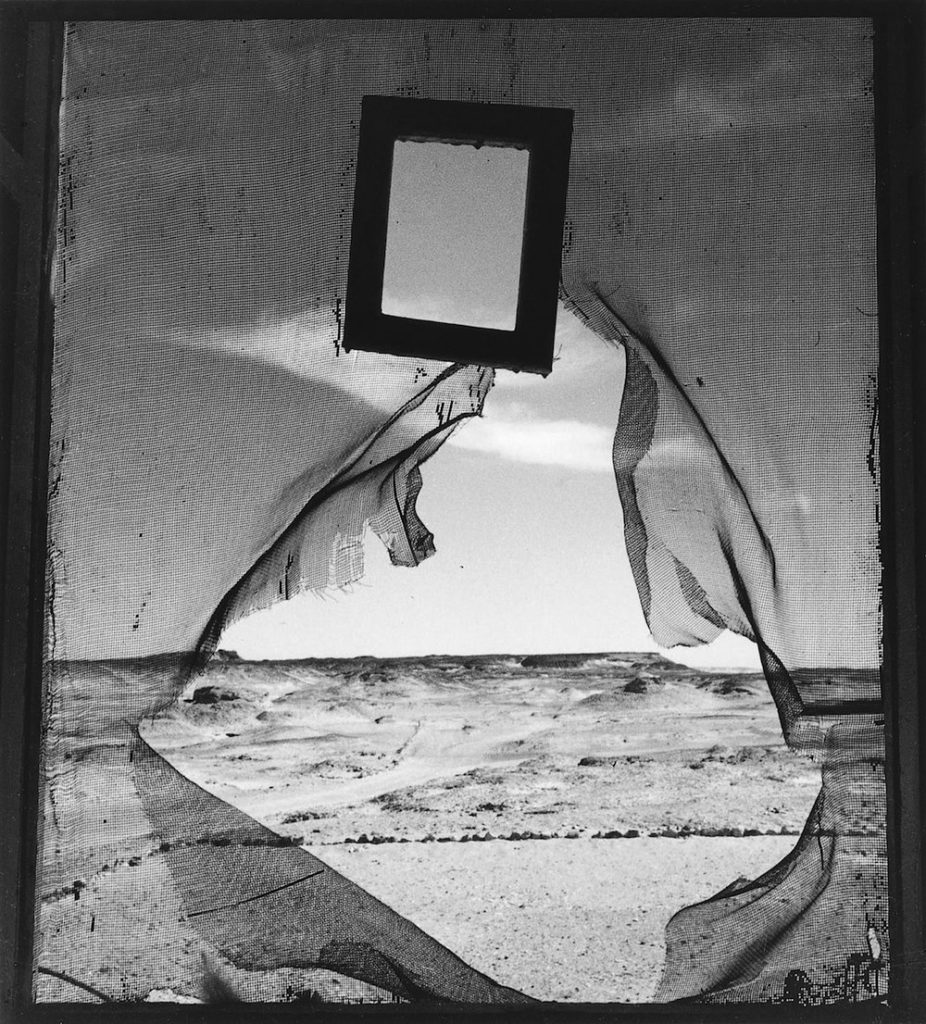
During World War II Miller became a war photographer for Vogue, documenting the Blitz. She was living with Penrose in London during that time. Her photos from that period still carry a surrealist subtext, she was very sensitive about the absurdities of war.

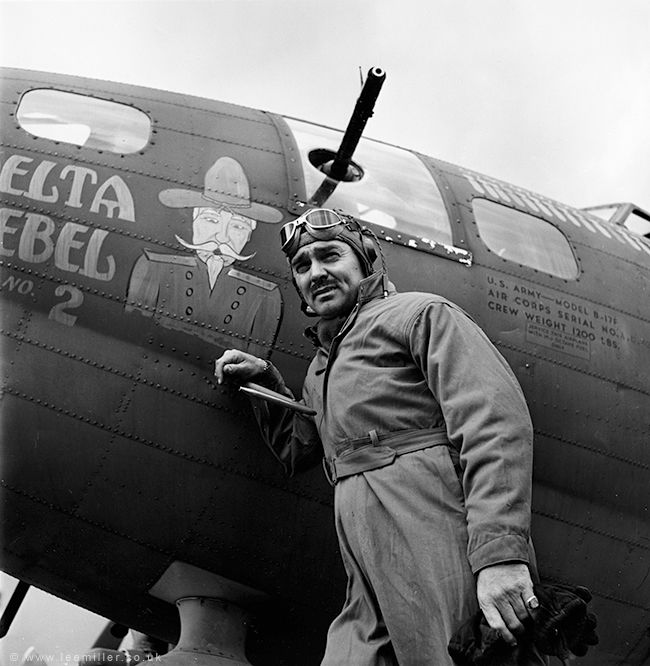
From 1942 she was a Condé Nast Publications war correspondent and traveled to continental Europe documenting the atrocities first-hand. All sense of surreal is gone from her pictures then, they document the brutal reality of war where both sides fall victims of unimaginable cruelty.
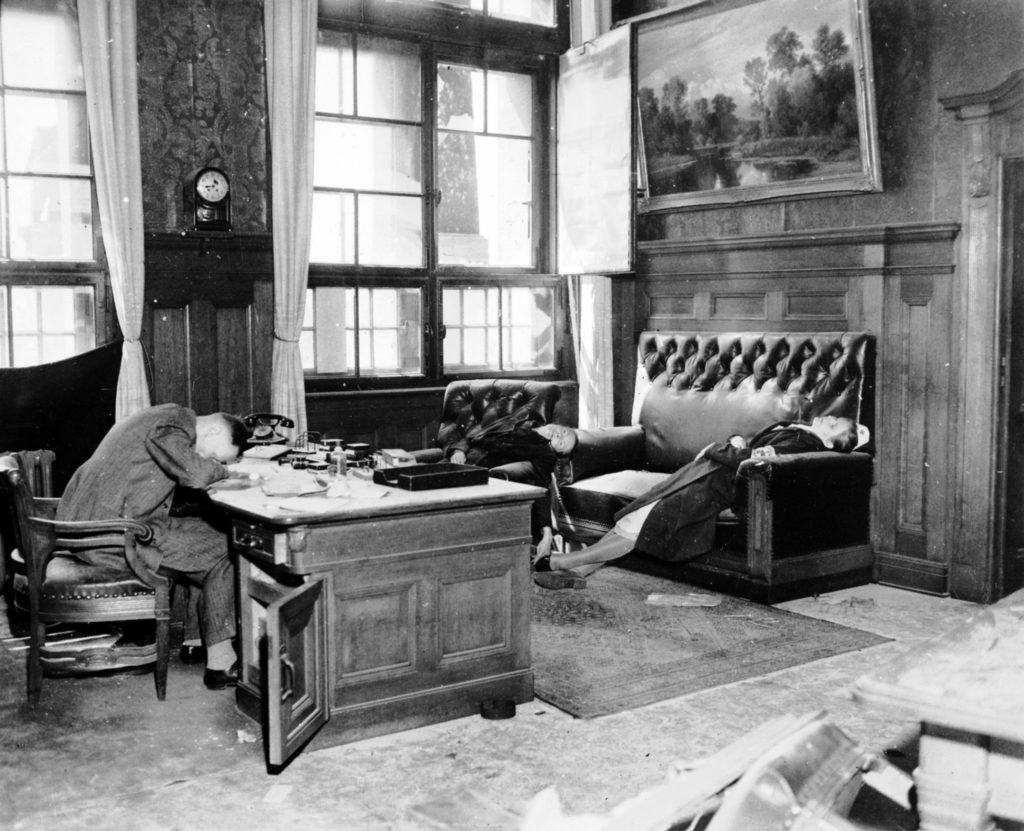
On those assignments, she often teamed up with David E. Scherman, who took the famous photo of her in Hitler’s bathtub. She was present and documented the liberation of concentration camps in Buchenwald and Dachau. The things she’s seen there scarred her for life. She came back to Britain suffering from PTSD.
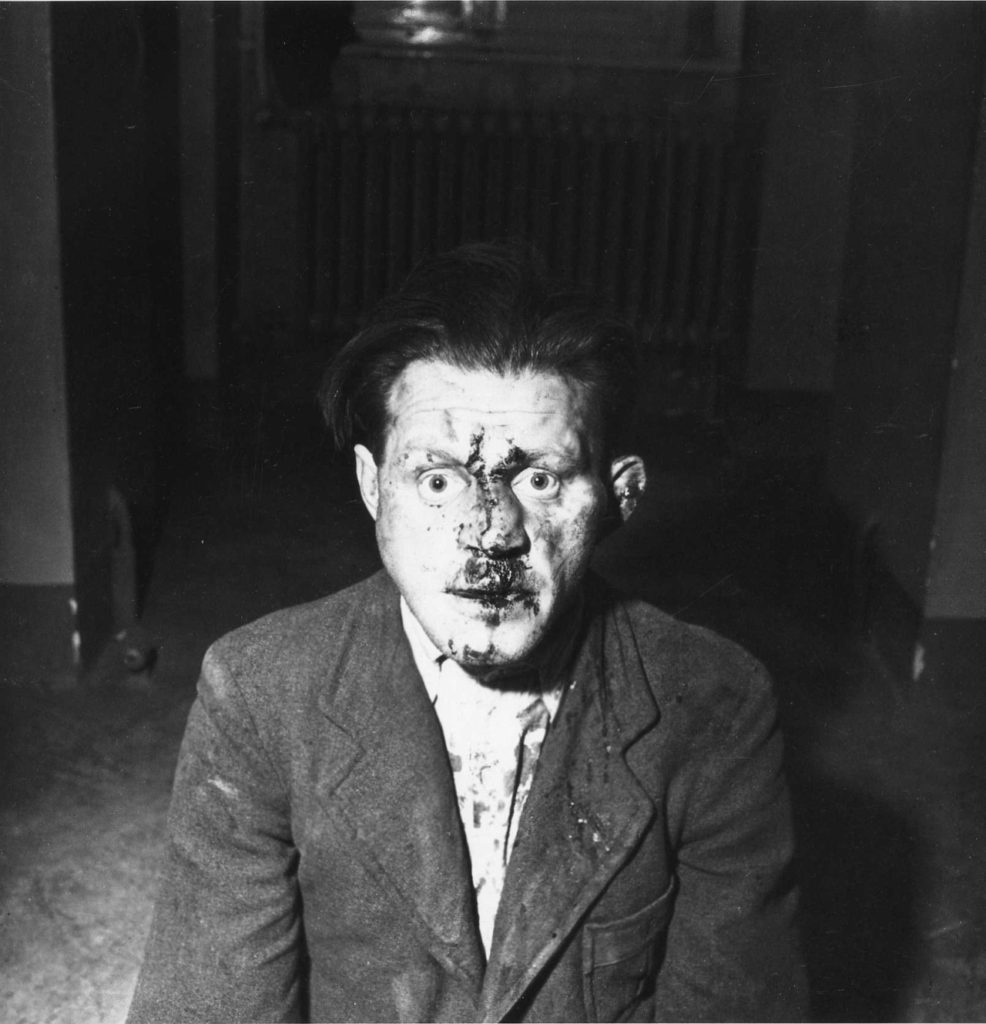
In 1949 Miller and Penrose bought Farley Farm House in Essex. As her depression worsened and the war images continued to haunt her, she gradually stopped photographing and devoted herself to cooking. She studied at Le Cordon Bleu in Paris. Cooking was her therapy and escape from the nightmare she could not forget. In the last years of her life, she denied access to her photographs, and her oeuvre was rediscovered after her death thanks to her son Anthony Penrose, who created Lee Miller Archive.
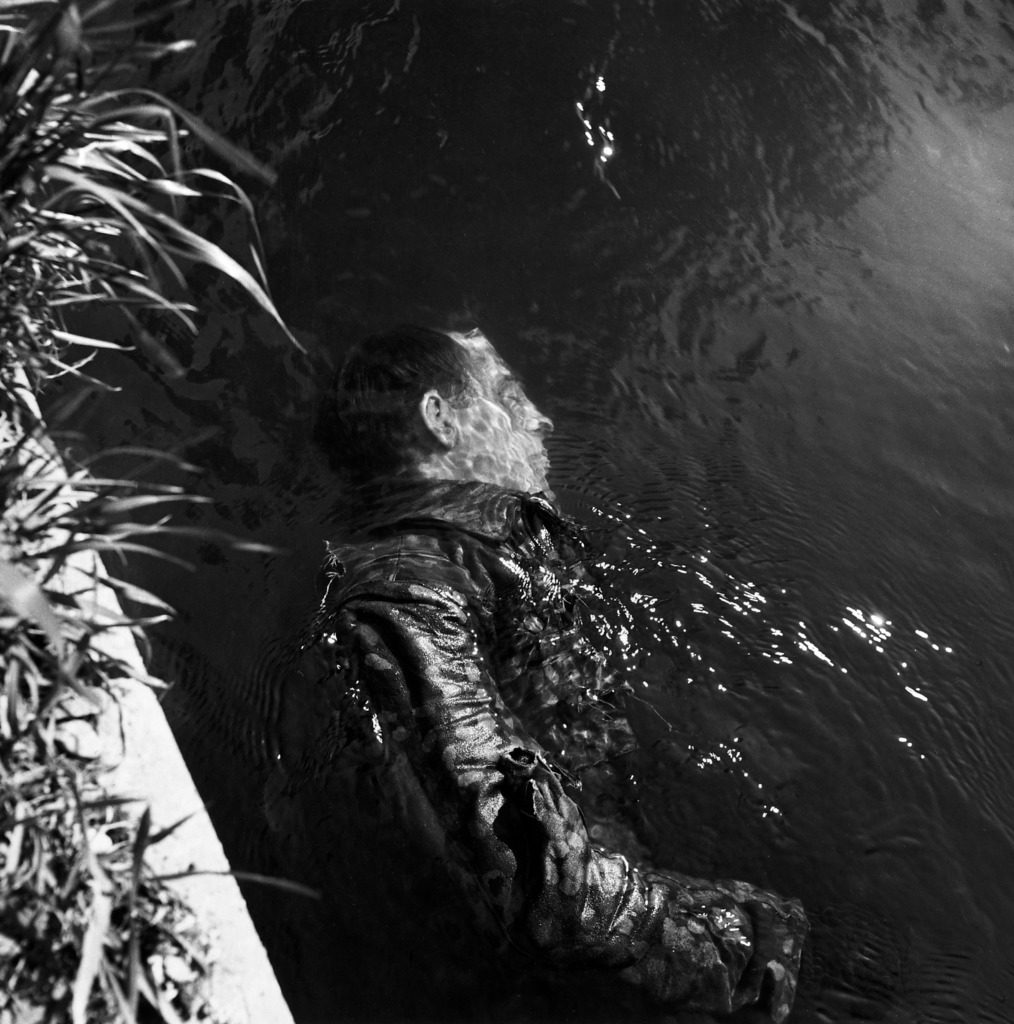
Lee Miller as photographer is one of the broadly known women in art, but still when we google “Lee Miller photography” there is a lot more images of her coming up than by her. Despite the fact that her modeling career was relatively short-lived when compared with her career as a photographer.
DailyArt Magazine needs your support. Every contribution, however big or small, is very valuable for our future. Thanks to it, we will be able to sustain and grow the Magazine. Thank you for your help!